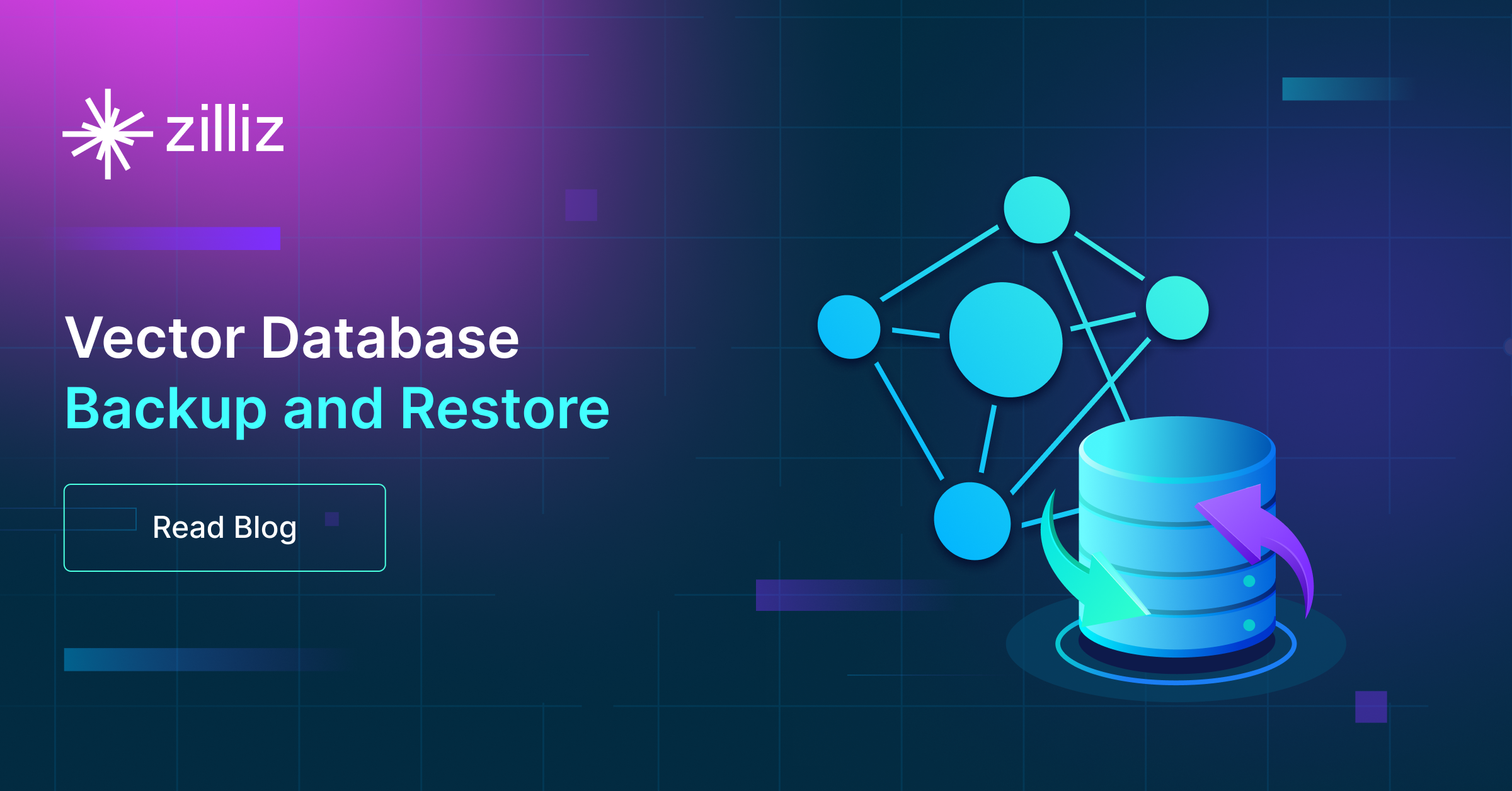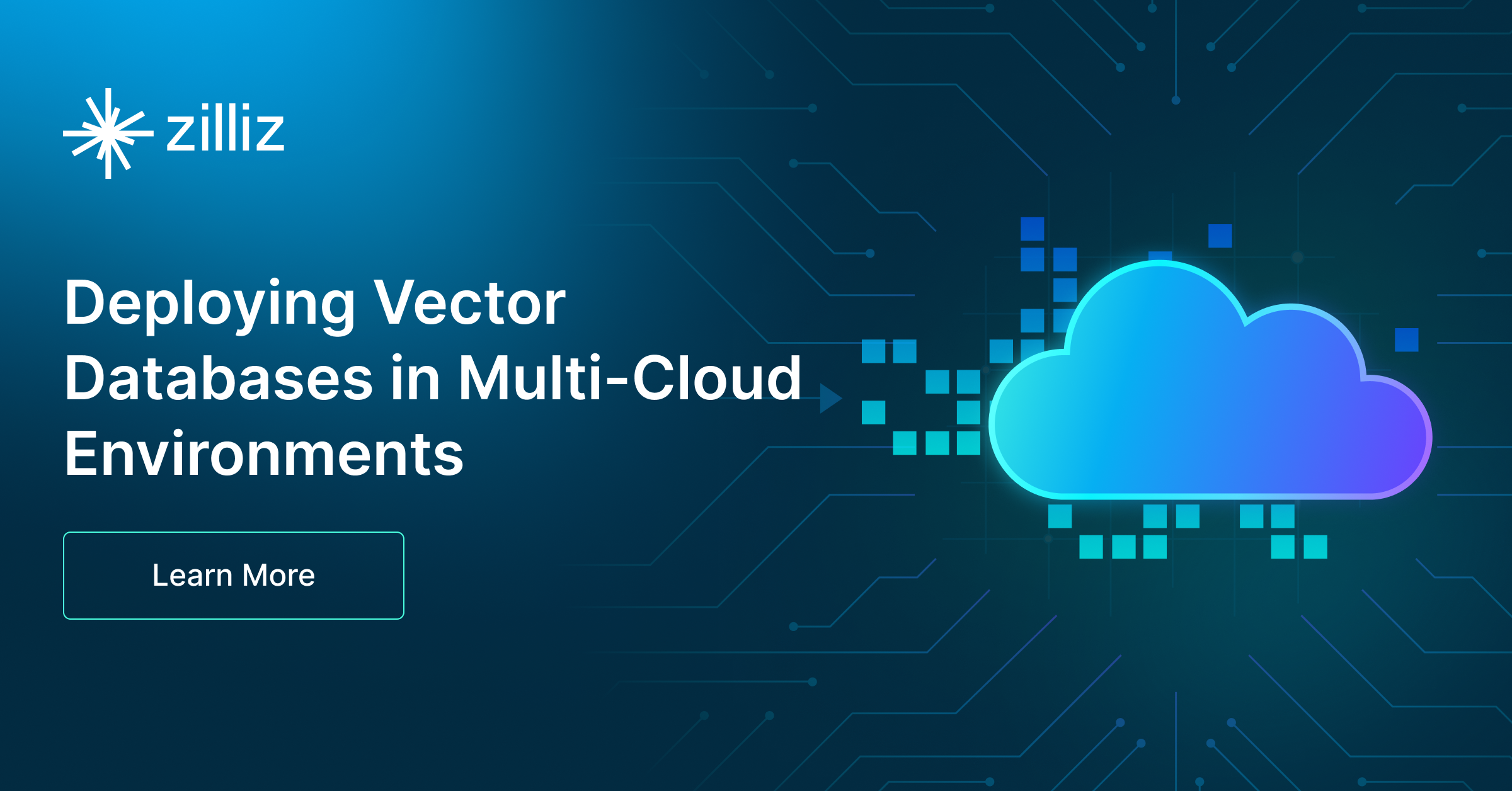Maintaining Data Integrity in Vector Databases
Guaranteeing that data is correct, consistent, and dependable throughout its lifecycle is important in data management, and especially in vector databases
Read the entire series
- Safeguard Data Integrity: Backup and Recovery in Vector Databases
- Integrating Vector Databases with Cloud Computing: A Strategic Solution to Modern Data Challenges
- Maintaining Data Integrity in Vector Databases
- Deploying Vector Databases in Multi-Cloud Environments
- Ensuring High Availability of Vector Databases
- Scaling Vector Databases to Meet Enterprise Demands
- Getting Started with Voyager: Spotify's Nearest-Neighbor Search Library
Introduction
Data integrity is the foundation of data management in many fields, guaranteeing that data is correct, consistent, and dependable throughout its lifecycle. It is paramount in data management, especially in vector databases. Complex and high-dimensional data presents particular difficulties for vector databases, which are responsible for storing and managing spatial information in geometric objects, i.e., vectors.
What is Data Integrity?
Data integrity refers to data's precision, consistency, and dependability at any given time. Incorrect conclusions or errors can negatively impact a company's reputation, customer service inquiries, and regulatory and legal issues. Data integrity is crucial for building confidence with consumers, investors, and partners. Companies must implement trustworthy data governance measures like integrity protection to thrive in today's data-driven environment. Failure to meet these standards compromises trust and compliance, harming company performance and making informed decisions.
Why Data Integrity Matters for Vector Databases
Vector databases often power similarity search engines, fundamental to services like recommendation systems, image and text retrieval, and anomaly detection. Data integrity ensures that the vectors accurately represent their source data, leading to more relevant and precise search results.
Vector databases are frequently used in machine learning workflows, where vectors serve as training model input. The integrity of this data directly impacts the accuracy and reliability of the predictive models. Corrupted or inconsistent vector data can lead to poorly trained models, skewed predictions, and decisions based on flawed insights.
As businesses scale, vector databases grow in size and complexity, necessitating robust data management practices to maintain integrity. High data integrity ensures that the system can handle increased loads without a drop in performance or accuracy. It also helps optimize resources as data retrieval and processing become more efficient and predictable.
In many critical applications, such as finance, healthcare, and security, the continuous availability and reliability of vector data stored in vector databases are paramount. Data integrity helps maintain the continuity and reliability of operations that depend on accurate and timely data.
Organizations often face strict regulatory requirements regarding data accuracy, privacy, and handling. Data integrity in vector databases helps ensure compliance with these regulations, avoiding legal penalties and building trust with customers and partners.
Data Integrity Challenges in Vector Databases
Maintaining consistency and coherence in high-dimensional data representations is challenging due to the complexity of preserving correlations and linkages between data points. Vector data requires dedicated validation and verification tools, unlike standard scalar values, which are relatively simple.
Vector data is inherently dynamic and regularly updated due to new information or model evolution. Robust versioning, concurrency control, and transaction management procedures are necessary to manage these modifications while maintaining data integrity.
Large and complex vector dataset’s processing and storage demands often require distributed systems. However, synchronization, consistency, and fault tolerance issues arise when vector data is spread over numerous nodes.
Best Practices for Maintaining Data Integrity
Maintaining data integrity in vector databases is essential to ensure the data remains accurate, consistent, and reliable. To achieve this goal, several best practices should be adopted.
Conduct Regular Audits: Regular audits help verify the accuracy and integrity of the data. This involves checking for discrepancies, anomalies, or signs of corruption in the database.
Implement Error-Handling Mechanisms: Machine learning techniques can detect anomalies and patterns indicating potential errors. Once detected, automated processes should be in place to correct these errors or at least alert administrators to take necessary action.
Version Control and Transactional Support: Implementing version control allows tracking of changes made to the data, enabling rollback to previous states if necessary.
Access Controls: Strict access controls ensure only authorized users can access the data. This includes implementing role-based access controls, where users are granted permissions based on their organizational role.
Backup and Recovery Processes: Regular backups should be performed, and the data should be stored securely, preferably in multiple locations, to prevent data loss. Recovery processes should also be tested regularly to ensure they can be executed quickly and efficiently in case of data loss.
Data Validation and Cleansing: This includes checking for and correcting errors, inconsistencies, or incomplete data entries.
Monitoring and Alerts: Continuous database monitoring helps detect potential issues early. Setting up alert mechanisms can help notify administrators of unusual activities or potential threats to data integrity.
Summary
Vector datasets must be consistent, accurate, and reliable for effective decision-making and smooth business operations. However, it is challenging as data transformation procedures can quickly become error-prone due to their large volume and high dimensionality. Professionals must prioritize data integrity that can foster a culture of excellence in data management, ensuring continuous improvement and best practices. This culture strengthens consumer trust and businesses' faith in their assets.
References
D. Petrova-Antonova and R. Tancheva, “Data Cleaning: A Case Study with OpenRefine and Trifacta Wrangler,” Communications in Computer and Information Science, pp. 32–40, 2020.
- Introduction
- What is Data Integrity?
- Why Data Integrity Matters for Vector Databases
- Data Integrity Challenges in Vector Databases
- Best Practices for Maintaining Data Integrity
- Summary
- References
Content
Start Free, Scale Easily
Try the fully-managed vector database built for your GenAI applications.
Try Zilliz Cloud for FreeKeep Reading

Safeguard Data Integrity: Backup and Recovery in Vector Databases
This blog explores data backup and recovery in vectorDBs, their challenges, various methods, and specialized tools to fortify the security of your data assets.

Deploying Vector Databases in Multi-Cloud Environments
Multi-cloud deployment has become increasingly popular for services looking for as much uptime as possible, with organizations leveraging multiple cloud providers to optimize performance, reliability, and cost-efficiency.

Getting Started with Voyager: Spotify's Nearest-Neighbor Search Library
Voyager: a new open-source library for fast nearest-neighbor searches. Voyager uses the HNSW algorithm, outperforming its previous library, Annoy.